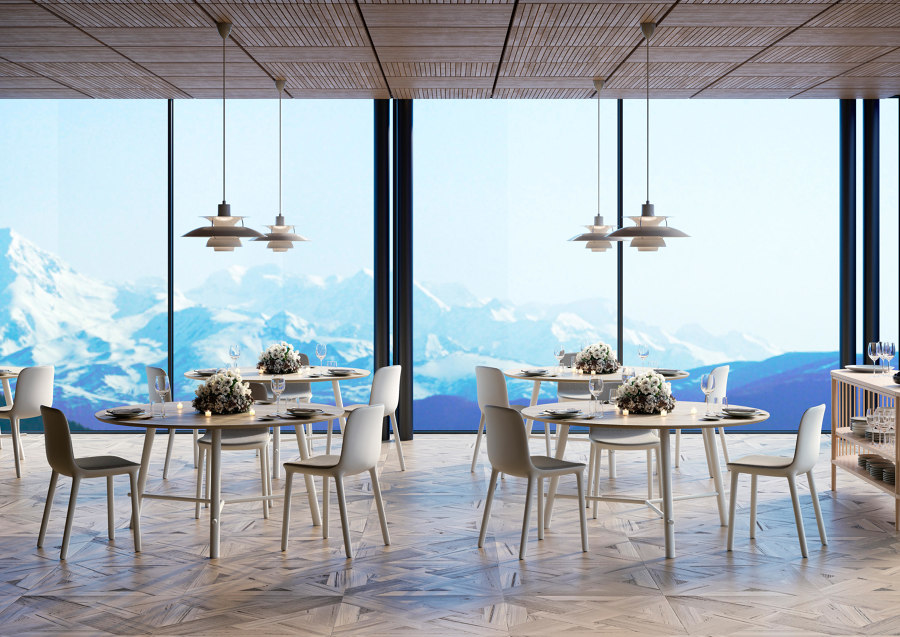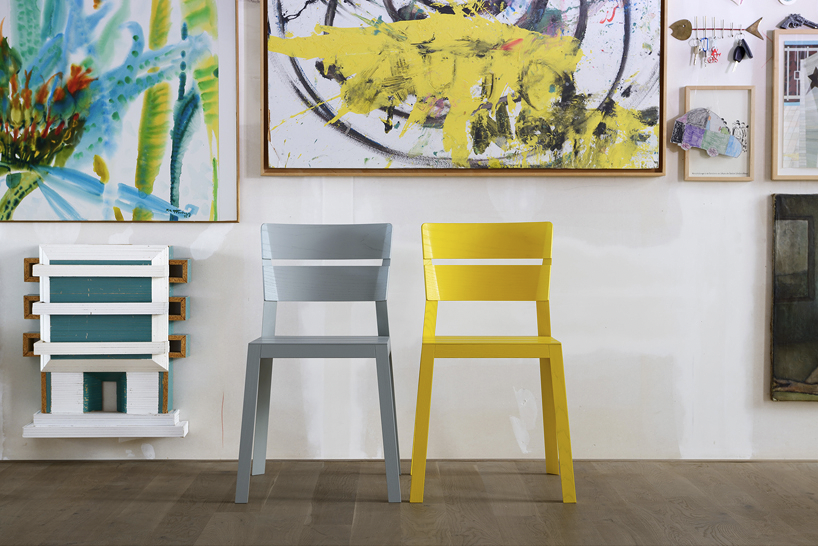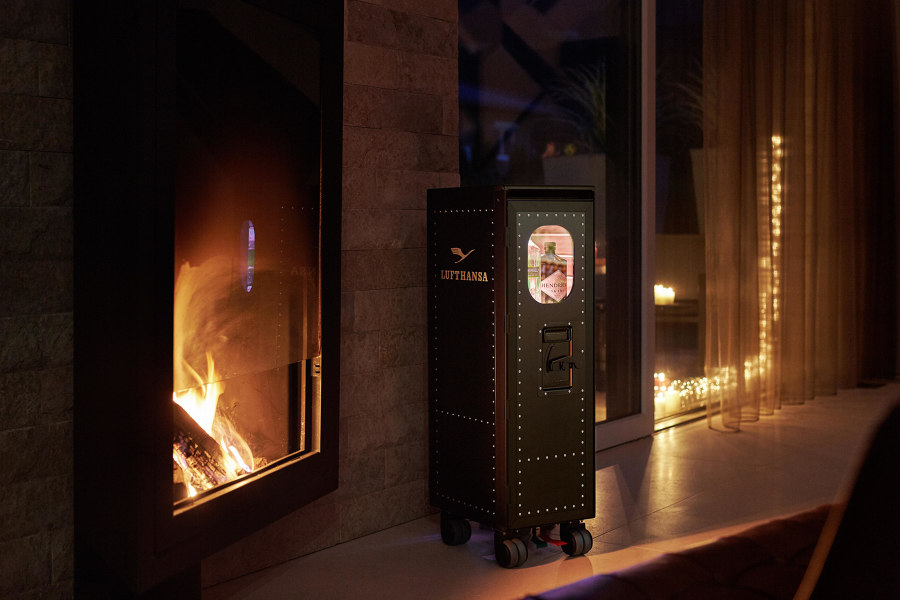Out with the old, in with the new: five ways to manufacture recycled products
Texte par James Wormald
24.02.22
The planet we’re on has finite resources. By making new products from old, we stop the rot and start to build back better. Recycled manufacturing has changed the meaning of the words ‘new’ and ‘used’.
Bordbar buy and recondition used flight attendant trolleys to offer bespoke storage solutions to blue-sky specifiers
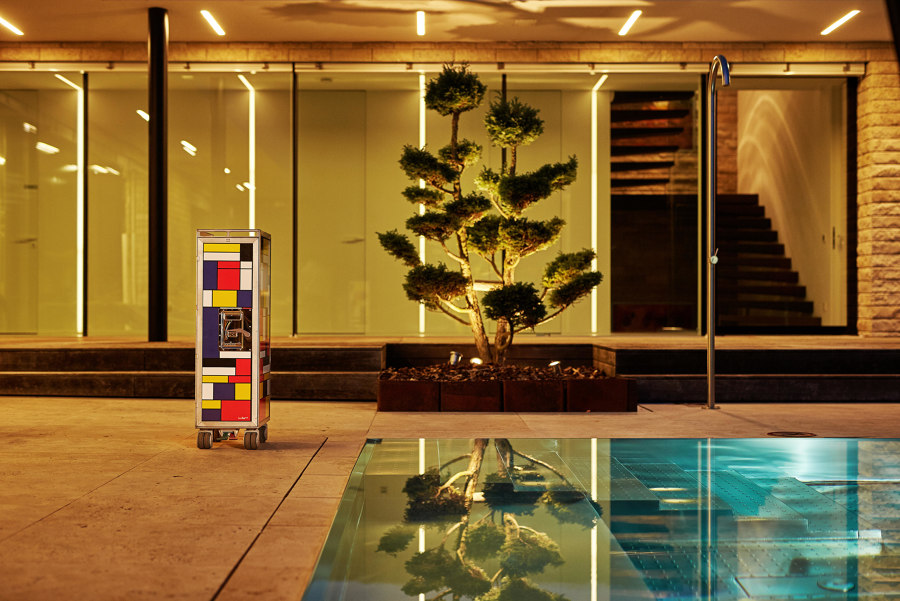
Bordbar buy and recondition used flight attendant trolleys to offer bespoke storage solutions to blue-sky specifiers
×It’s simple mathematics.
If you regularly take from a pot without putting anything back, sooner or later you’ll have an empty pot.
First ridiculed, then reluctantly accepted, now worn as a badge of pride; today recycling means more than separating paper from glass and secret midnight kerb drags to stop neighbours hearing that telling ‘clink’. Innovative modern manufacturing techniques give us many ways to separate materials back down to their raw forms, or even to reuse materials or entire products, without recycling them at all.
With her clean, smooth style, INFINITI's Freya chair hides her industrial past, yet still keeps the door open, ready to return
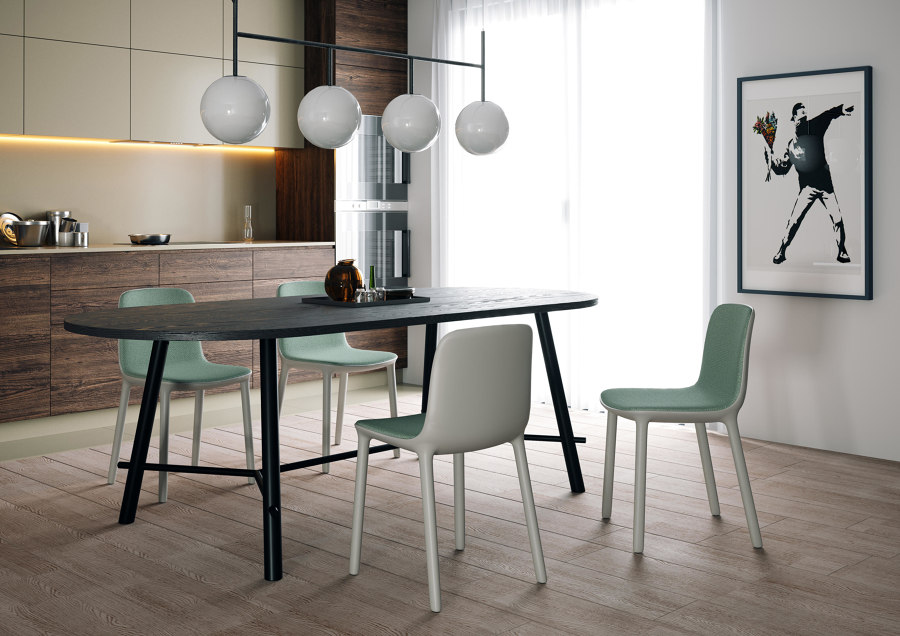
With her clean, smooth style, INFINITI's Freya chair hides her industrial past, yet still keeps the door open, ready to return
×Plastic: if you can’t lose it, use it
We’re often warned how long it takes for plastic products to break down, but many still seem to snap and break easily. With no way of putting them back together, they're sentenced to 1,000 years in landfill.
Innovative manufacturing techniques, however, allow stylish products to be made from post-consumer plastic (PCR), without limits. As evidenced by Infiniti’s Freya chair, PCR plastic is strong, versatile and colourful. Freya’s own innovative method of invisibly securing its seat panel to a PCR plastic frame removes the requirement for harmful glues, and allows the chair to be broken down and fed back into the plastic production cycle once more.
Oliver Conrad's solid-wood furniture collection includes pieces designed to create minimal waste (top), and pieces that gather up waste from elsewhere (bottom). Photo: Oliver Conrad
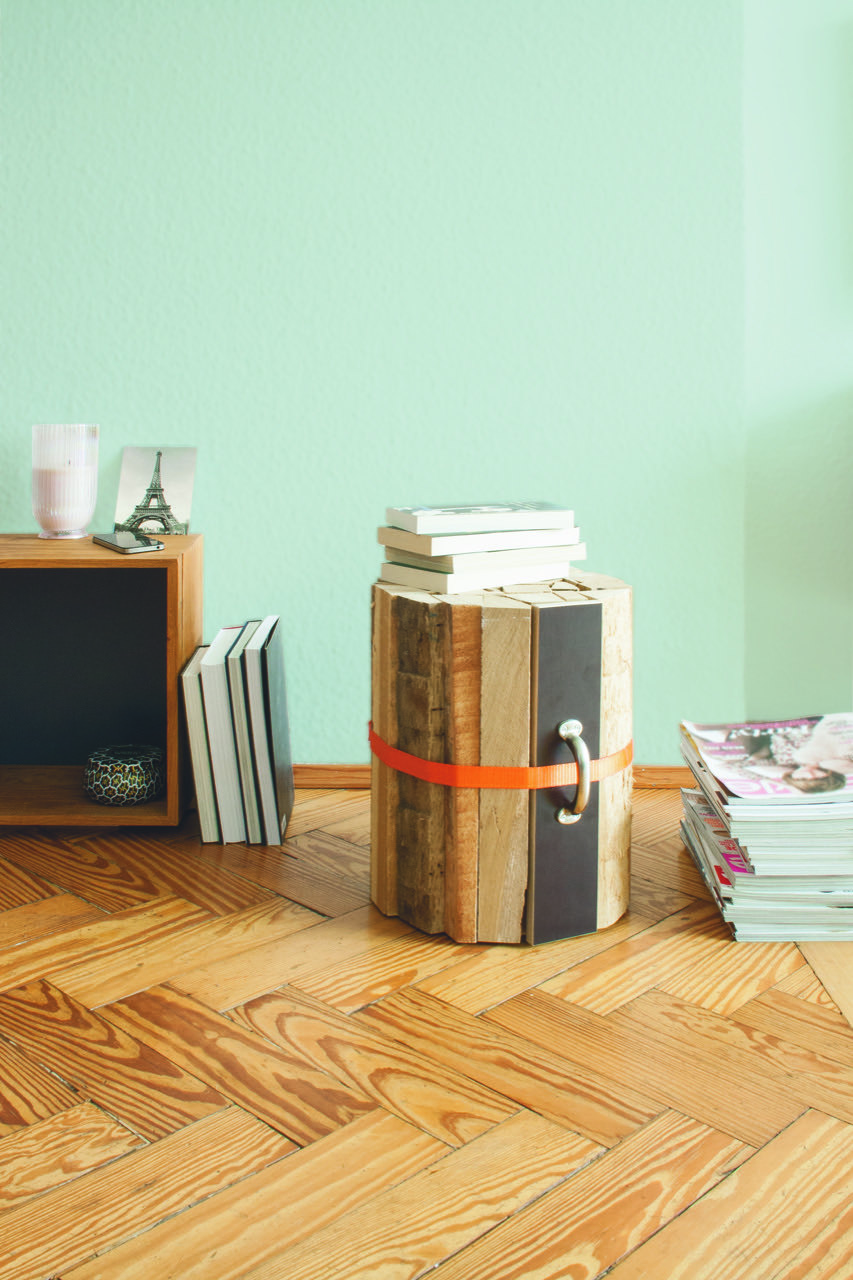
Oliver Conrad's solid-wood furniture collection includes pieces designed to create minimal waste (top), and pieces that gather up waste from elsewhere (bottom). Photo: Oliver Conrad
×Factory waste: in-house recycling
Use of PCR plastic in production requires the availability of the material, of course. And whilst there’s no shortage of plastic littering up the world, the percentage that can be separated and used is still small. Manufacturers, therefore, can improve production cycles by keeping the recycling process in-house.
By utilising their own production waste, manufacturers can save huge sums in both their carbon footprint and costs – both transportation and material. With plenty of the stuff lying around, solid-wood furniture manufacturer Oliver Conrad, for example, makes stools, coffee tables and lamps either specifically designed not to waste wood, or which use gathered off-cuts from other products that do.
Schneiderschram's Satsuma chair is inspired by the solid yet lightweight construction of orange crates. Photo: © Schneiderschram

Schneiderschram's Satsuma chair is inspired by the solid yet lightweight construction of orange crates. Photo: © Schneiderschram
×Wood: it does grow on trees
Even in its virgin state, wood is a completely renewable resource. As long as it’s sourced, used and replaced responsibly, that is. But those aren’t small challenges. Thanks to the growing respect for environmentalism, solid wood is currently in high demand, but it can take a long time to grow. This popularity, combined with a throw-away culture, means irresponsibly-designed wood products aren’t really sustainable at all.
Even in its virgin state, wood is a completely renewable resource. As long as it’s sourced, used and replaced responsibly, that is
Schneiderschram’s Satsuma chair, for example, has an efficient design inspired by the simple, lightweight stability of the ubiquitous orange crate. The chair combines a solid oak frame and legs with pliable plywood seat and back, giving the right amount of flex for comfortable sitting, and weighing in at just 3.5kg.
bordbar modify ex-aviation trolleys to occupy terrafirma territory, with customisations including colour, images, glass doors (top), wooden tops (bottom) and drawers
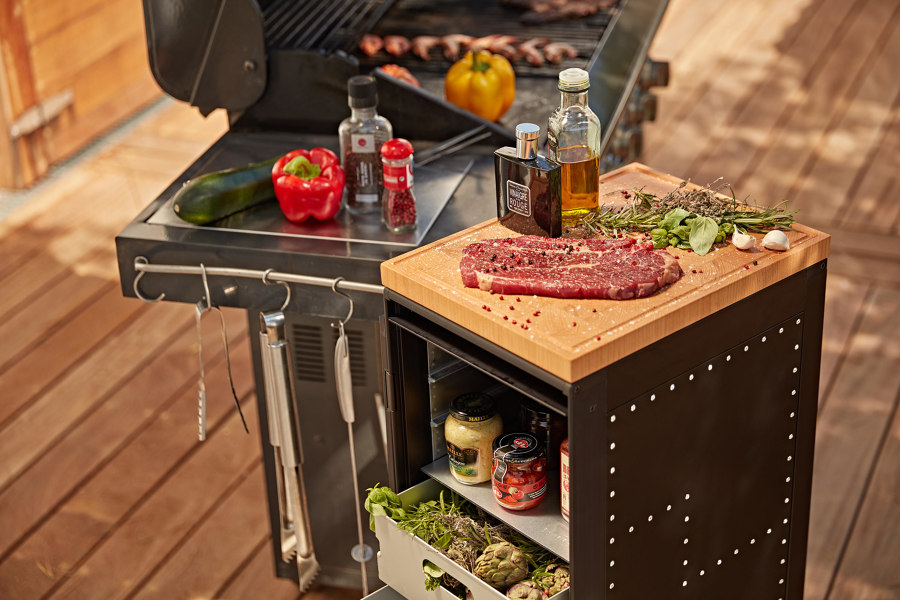
bordbar modify ex-aviation trolleys to occupy terrafirma territory, with customisations including colour, images, glass doors (top), wooden tops (bottom) and drawers
×Post-retirement: extending product life
Wherever materials are from, the less work manufacturers do to put them together, the better – for their own cost/benefit, for consumers and for a happy planet. bordbar, for example, is a brand that takes the humble but high-functioning flight attendant’s trolley, and brings it down to Earth for multiple applications.
Specifically designed to combine storage with mobility in tight spaces, the trolleys are a perfect fit for a variety of home and commercial uses including cupboards, filing cabinets or mobile beverage bars. Bespoke modifications like lighting, glass doors or interior elements make the pre-used trolleys ready to fly again.
Galvanitas' iconic S16 school chair makes its return thanks to a collaboration with De Machinekamer
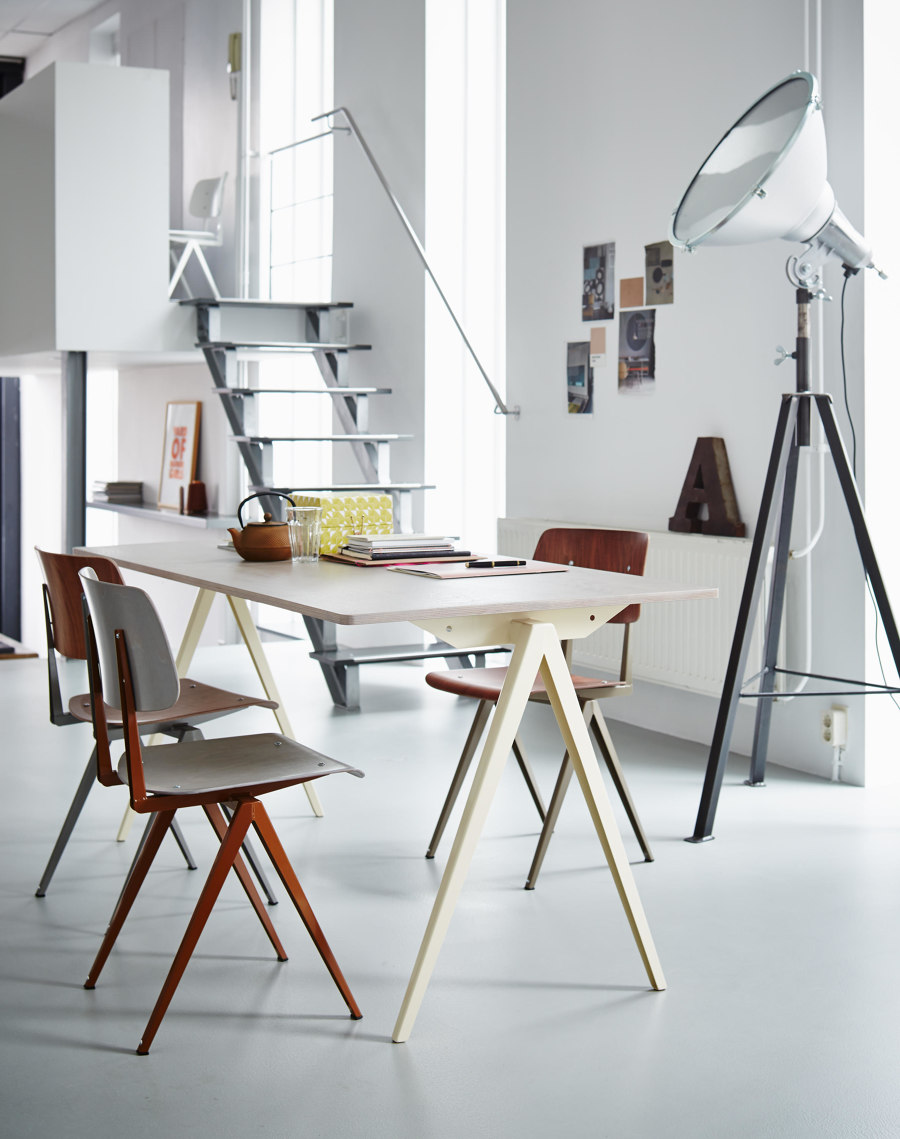
Galvanitas' iconic S16 school chair makes its return thanks to a collaboration with De Machinekamer
×Recycling creativity: bring old designs back to life
The success of the vintage market proves many styles never completely go out of fashion. So if manufacturers want to create designs that stand the test of time, they borrow from those with experience.
If manufacturers want to create designs that stand the test of time, they borrow from those with experience
De Machinekamer trades vintage products to discerning clients looking for timeless, well-crafted goods, but demand often outstrips supply. Using the original Galvanitas S16 chair design, they re-issued the iconic, unapologetically simple, functional and solid school furniture for a new generation of consumer.
The environmental construct of use and reuse asserts the mantra ‘age before beauty’, but why not both?
© Architonic

